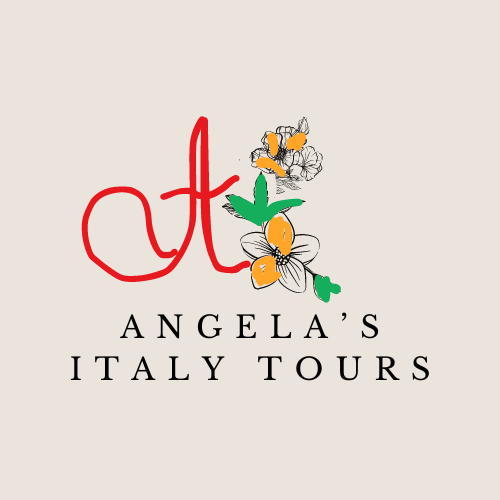Enhance Your Overall Experience Travelling Through This Paradise.
Explore Italy’s TOP 5 regions and their authentic beauty by exploring this marvellous country with its local cultures and traditions. Where to go? Uncover hidden gems and immerse yourself in the local customs that have been passed down for generations. Imagine sipping Chianti wine in a Tuscan vineyard, hiking through the majestic Dolomites, or wandering the charming hill towns of Tuscany
This article is your guide to discovering the heart and soul of Italy. From the Renaissance art of Florence to the Roman Forum’s ancient ruins, we’ll take you on a captivating journey . Explore the traditions that make each area special. Your Italian adventure awaits!
Treasures of Tuscany Hills
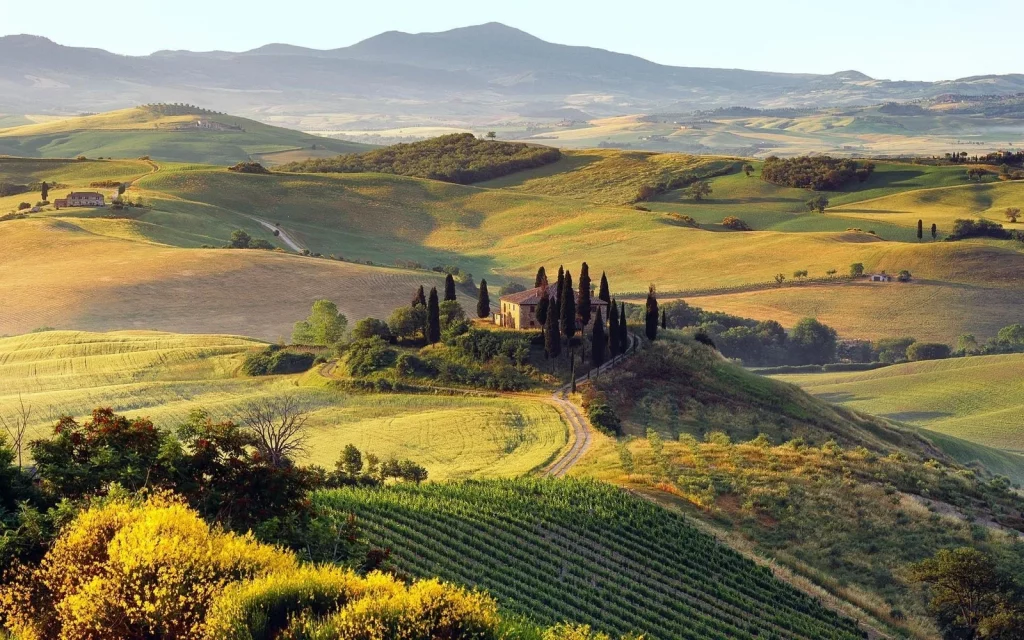
Tuscany is a region that truly delights all your senses. From rolling Tuscany hills covered in vineyards to charming medieval towns such as San Gimignano, Siena, Pienza, Montalcino, San Quirico D’Orcia (UNESCO Heritage Site) and others where you can find tranquility and peace to refill yourself with new positive energy.
One of the best ways to immerse yourself in Tuscan culture is through its small ancient towns on the hills, as well as food and wine. Chianti wine tasting is a must-do activity, allowing you to sample some of the world’s finest wines right where they’re made. Many vineyards offer tours where you can learn about the winemaking process and enjoy the stunning countryside views. To dive deeper into Tuscan cuisine, consider taking a cooking class. A variety of hotels, resorts and farmhouses offer this option. These hands-on experiences teach you how to make traditional dishes like fresh pasta, delicious desserts and one of the most delicious bread in the world. As for me, this is my delight. As well, you’ll learn from local experts who share family recipes passed down through generations. What is the best part? You get to enjoy the fruits of your labor with a delicious meal at the end of class.
Local cultures and traditions. While food and wine are central to Tuscan culture, the region’s art and architecture are equally impressive. Florence is a treasure of Renaissance masterpieces. The city’s museums, churches, and palaces house some of the world’s most famous artworks. But don’t limit yourself to Florence. Tuscany’s smaller towns and villages are just as captivating with their well-preserved architecture and rich history. Whether you’re admiring Michelangelo’s David in Florence or wandering the narrow streets of amazing hilltop towns, Tuscany’s beauty will leave you in awe.
Val D’Orcia.
Val d’Orcia was included in 2004 in the UNESCO World Heritage List. One of the most photographed spots is the famous Val d’Orcia cypress trees near San Quirico d’Orcia. Crete Senesi, the clay hills eroded by time that form the characteristic calanchi (gullies) and biancane, bare and rugged, low rounded reliefs with an unquestionable, almost lunar charm, also stand out in the Val d’Orcia. Its typical medieval Tuscan villages such as Pienza, Montalcino, Castiglione d’Orcia and San Quirico d’Orcia are perfect destinations to dive into the soul of the place, while savouring its well-known food and wine specialities.
According to UNESCO, the Val d’Orcia Park is a perfect combination of art and landscape, geographical space and ecosystem, an expression of wonderful natural features and historical evidence.
A landscape that is at times hard and soft, characterised by the lava deposits of the extinct volcanoes of Radicofani and the Amiata, enhanced by the medieval villages, scenic roads and landscapes of the Val d’Orcia.
The UNESCO site also includes Pienza.
The Majestic Dolomites
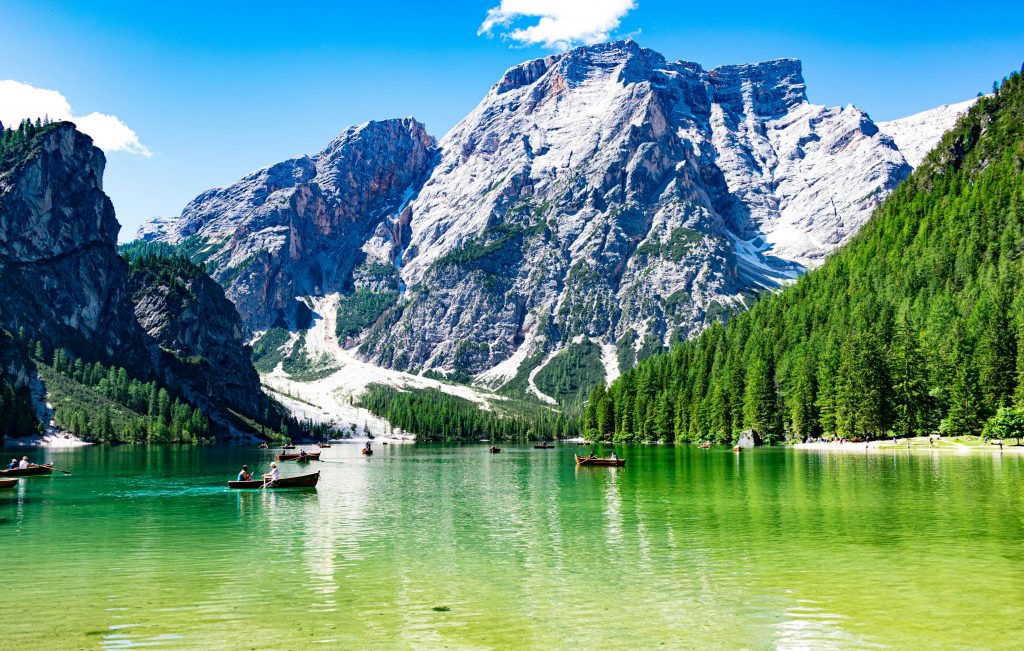
The Dolomites are a true paradise for nature lovers and adventure seekers. This stunning mountain range offers breathtaking views and endless opportunities for outdoor activities year-round.
Hiking is one of the best ways to explore the Dolomites’ beauty. The region boasts countless trails for all skill levels. Popular hikes include the Tre Cime di Lavaredo circuit, which circles around three iconic peaks, and the Seceda hike, offering panoramic views of jagged mountain ridges. For a less crowded but equally beautiful experience, try the Lago di Braies’ loop or the Val di Fune’s trail. These hikes showcase the Dolomites’ diverse landscapes, from crystal-clear lakes to lush forests and dramatic rock formations.
In winter, the Dolomites transform into a world-class ski destination. Cortina d’Ampezzo, known as the “Pearl of the Dolomites,” is a favorite among skiers and snowboarders. This charming town hosted the 1956 Winter Olympics and will co-host the 2026 games. It offers access to several ski areas with slopes for all abilities. For summer visitors, Cortina serves as an excellent base for hiking and exploring the surrounding peaks.
Val Gardena is another must-visit area, especially for mountain biking enthusiasts. This valley offers an extensive network of trails ranging from easy rides through meadows to challenging downhill routes. In winter, it’s part of the famous Sella Ronda ski circuit, connecting four Dolomite passes.
Whether you’re hiking, skiing, or biking, the Dolomites’ majestic scenery will fill you with positive energy and boost your health. With its mix of outdoor activities and breathtaking natural beauty, it’s no wonder this region is considered nature’s playground.
Venice
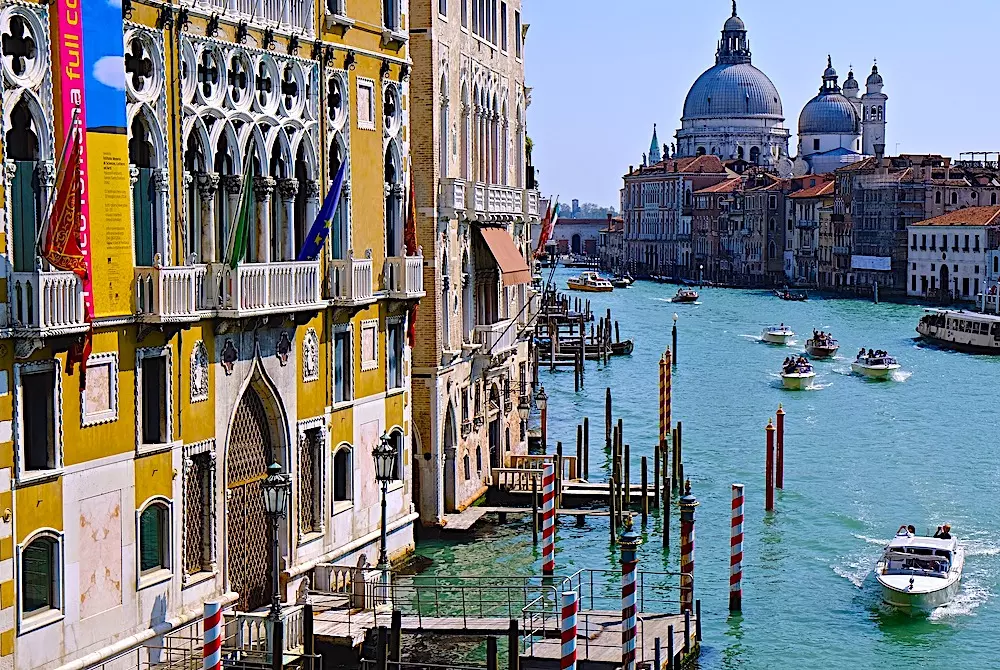
This “floating city” captivates visitors with its unique architectural marvels, serene canals, and vibrant cultural scene.
The heart of Venice beats in its iconic landmarks, such as Piazza San Marco, a square renowned for its stunning design and historical significance. The Doge’s Palace stands as a symbol of Venice’s rich past, showcasing impressive traditional design and housing artistic treasures. The Santa Maria Church exemplifies Baroque art with its colorful windows and artwork. For a panoramic view of the city, the St. Marco Campanile Tower provides a unique vantage point, allowing visitors to appreciate Venice’s stunning waterways.
To enter Venice and its historical center on Friday, Saturday and Sunday you have to aquire an Access Fee of 5 euro. Where to buy and who is exempt from the payment you can find here: Venezia Unica – Official website of Access Fee purchasing
A trip to Venice is not complete without experiencing the allure of Murano, an island famous for its glassmaking tradition that dates back to the Middle Ages. Murano glass factories contribute significantly to Venice’s cultural heritage, producing exquisite glass art that is highly sought after. Murano glassmakers relocated to the island in 1291, turning Murano into a prominent center for glass production. The island’s Glass Museum showcases the evolution of glassmaking, displaying mosaic glass, chandeliers and decorative techniques from the 15th century. Taking a gondola ride through the narrow canals offers an intimate perspective of Venice’s charm, making it an essential experience for every visitor.
Umbria: The Green Heart of Italy
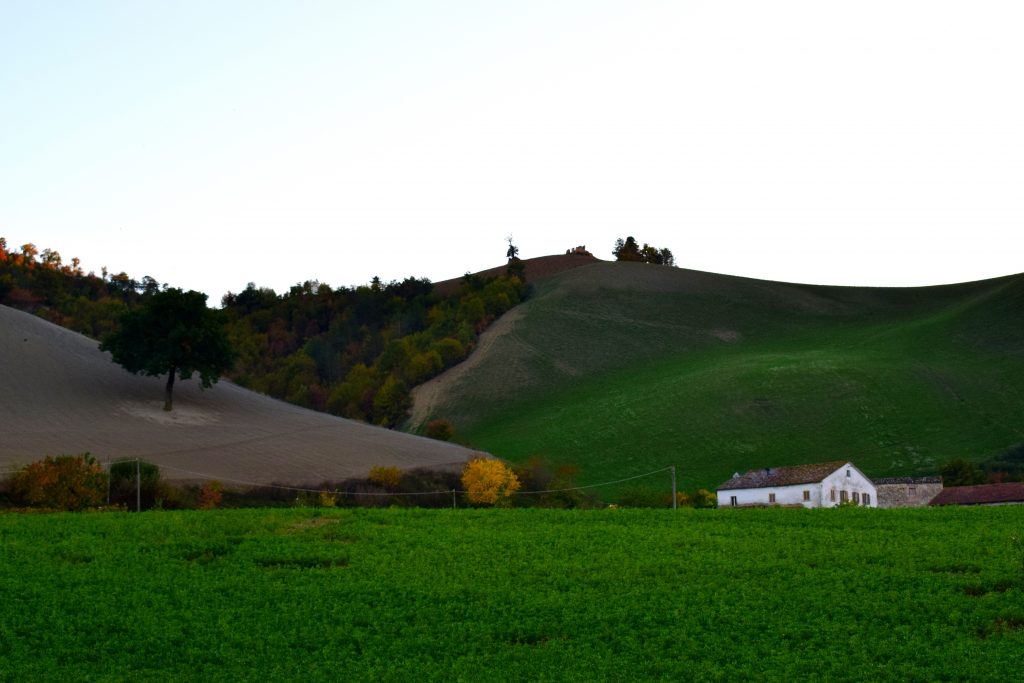
Umbria, often called the “Green Heart of Italy,” is a region filled with natural beauty and rich cultural heritage. This central Italian gem is home to charming hill towns, each with its own unique character and history.
One of the most famous towns in Umbria is Assisi, birthplace of St. Francis. The Basilica of St. Francis is a must-visit for its spiritual significance and stunning frescoes. The basilica houses the tomb of St. Francis and attracts pilgrims from around the world. But Assisi offers more than just religious sites. Its cobbled streets and medieval architecture make it a delight to explore.
For chocolate lovers, Perugia is a dream come true. Every October, the city hosts the Chocolate Festival, where you can indulge in all things chocolate. From tastings to cooking classes, it’s a sweet adventure you won’t forget. Perugia itself is a beautiful hilltop city with Etruscan roots, offering panoramic views of the Umbrian countryside.
Art and culture enthusiasts shouldn’t miss the Spoleto Festival dei Due Mondi. This annual summer event celebrates music, dance, and theater from around the world. It transforms the medieval town of Spoleto into a vibrant cultural hub for three weeks.
Other charming hill towns worth exploring include Spello, known for its flower-lined streets, and Gubbio, with its imposing medieval architecture. Each town offers a unique glimpse into Umbrian life, from local traditions to mouthwatering cuisine. Whether you’re interested in history, art, food, or simply soaking in the atmosphere, Umbria’s hill towns have something for everyone.
Rome and Beyond
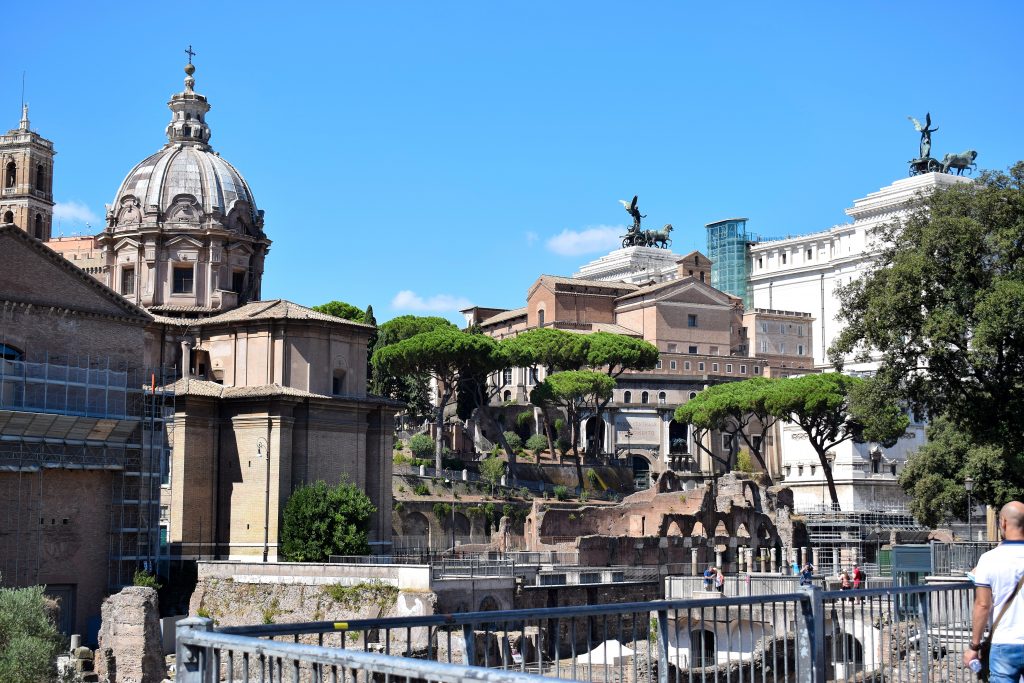
Lazio, the region surrounding Rome, offers a wealth of experiences that blend history, culture, and culinary delights. At the heart of it all is Rome, the Eternal City, with its iconic landmarks and hidden gems.
A visit to Vatican City is a must for any traveler to Rome. This tiny independent state houses some of the world’s most important art collections and religious sites. The Vatican Museums are home to masterpieces like the Sistine Chapel, painted by Michelangelo. St. Peter’s Basilica, the largest church in the world, is a marvel of Renaissance architecture. Guided tours can help you navigate the vast complex and learn about its rich history and significance.
The Roman Forum, once the center of ancient Roman life, is a fascinating place to explore. Walking through its ruins, you can almost imagine the bustling marketplace and political debates that once took place here. The Temple of Saturn, the Arch of Titus, and the remains of ancient government buildings give visitors a glimpse into the daily life of ancient Romans. For a unique experience, consider taking a night tour of the Colosseum. Seeing this iconic amphitheater under the stars offers a different perspective and a more intimate atmosphere.
To taste the authentic flavors of Rome, head to the charming neighborhood of Trastevere. This area is known for its narrow cobblestone streets, colorful buildings, and excellent restaurants. A food tour here will introduce you to classic Roman dishes like pasta alla carbonara, supplì (fried rice balls), and pizza al taglio (pizza by the slice). It’s a delicious way to experience the local culture and cuisine.
Conclusion
As we conclude our journey through Italy’s diverse regions, it’s clear that this beautiful country has so much more to offer than just its famous landmarks. There is much more we can to say. But be sure we are going to write a lot about this amazing country. Stay with us and you will enjoy every moment of your stay in Italy whatever place you choose. Remember, every region has its own unique charm. The possibilities to discover Italy’s treasures are endless. Embrace these authentic experiences, try local cuisines, participate in festivals, and interact with the warm Italian people.
Your Italian adventure awaits, filled with experiences that will stay with you long after you return home. If you need more information or personalized advice for your Italian journey, don’t hesitate to reach out to me at info@angelatourism.com.
FAQs:
1. Q: What’s the best time to visit Italy?
A: It depends on your preferences. Summer is popular but crowded, spring and fall offer mild weather and fewer tourists, while winter is great for skiing in the Dolomites.
2. Q: How can I avoid tourist traps in Italy?
A: Research local restaurants, visit smaller towns, and try to learn some basic Italian phrases to connect with locals.
3. Q: Is it necessary to book tours in advance?
A: For popular attractions like the Vatican Museums or Colosseum, booking in advance is recommended to avoid long queues.
4. Q: What’s a must-try food in Tuscany?
A: Don’t miss trying the famous Florentine steak (Bistecca alla Fiorentina) and pairing it with local Chianti wine.
5. Q: Are the Dolomites suitable for beginner hikers?
A: Yes, the Dolomites offer trails for all skill levels, from easy walks to challenging hikes.
6. Q: What’s special about Umbrian cuisine?
A: Umbria is known for its truffles, cured meats, and hearty dishes like pasta al tartufo (pasta with truffles).
7. Q: How can I experience Rome like a local?
A: Explore neighborhoods like Trastevere, try local markets, and enjoy an aperitivo (pre-dinner drink) with Romans.
8. Q: What’s the best way to explore Dolomites?
A: Through hiking and walking tours.
9. Q: Is it possible to visit multiple regions in one trip?
A: Yes, Italy has an excellent train network connecting major cities, making it easy to explore multiple regions.
10. Q: How can I learn more about Italian traditions before my trip?
A: Read books about Italian culture, watch Italian films, or take a cooking class to familiarize yourself with Italian traditions or ask us.

I am a luxury travel specialist curating bespoke experiences in Italy. I have an extensive destination knowledge to help my clients achieve their travel dreams. Our services include: private leisure holidays, business arrangements. We have a wide variety of venues for celebrating birthdays, weddings, business meetings, corporate events. Visit our website to see all our exclusive luxury hotels/villas/resorts you can choose from. Based in UK, London. Visit Angela’s Luxury Tours To Italy
